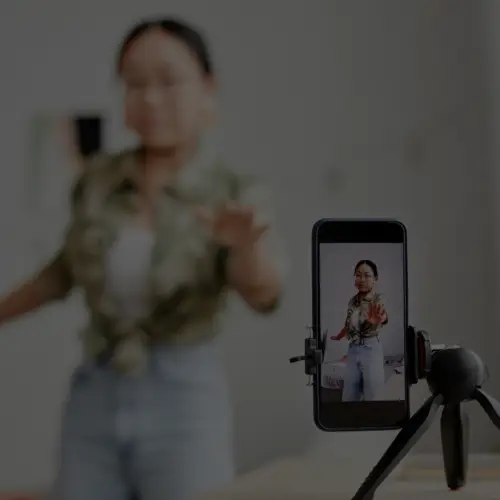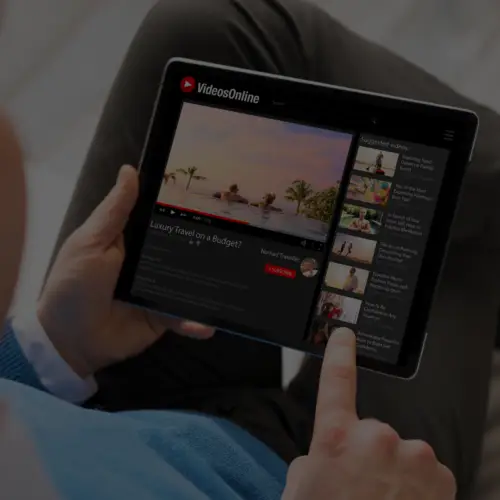21 Dec 5 Ways to Apply Social Media in the Travel Industry
 In my previous post this week, I talked a little about my honeymoon planning frustrations, which led me to delve into the social media applications and the specific tactics that the travel industry as a whole should adopt.
In my previous post this week, I talked a little about my honeymoon planning frustrations, which led me to delve into the social media applications and the specific tactics that the travel industry as a whole should adopt.
As I started reading a little bit into it – I stumbled upon an article by Neil Salerno over at Hospitality Net, who wrote an article entitled ” More Social Media Chatter… a Hotel Marketing Tool”. Basically Neil’s post began with the following statement:
“I agree that the benefits (of social media) could be enormous; maybe in the not-so-distant future for hotel franchises but, less likely for individual hotels”
Of course – I’d like to play devil’s advocate and argue that the benefits of social media are now. And they are for the individual hotel AND the franchise. Why? Because the businesses who want to gain competitive advantage (like those in the travel industry) will go the extra mile to build relationships with customers – and social media provides a new way to do it. After all, the customer experience is why families go back to the same cottage year after year. It’s why high-end hotels train doormen to remember guest names. Regardless of small or large, using social media marketing in the travel industry can be a way to manage and foster this customer experience.
However, later on in his post, Salerno stated the following, which I think is a cry of many industries, and a lot of what a social media agency like Ignite works to figure out:
“So far, I hear a lot of dialogue, see many articles, and read about many conferences discussing the potential of social media sites, but no practical answers or workable tactics yet.”
So in light of this “cry” for tactics, I will suggest the following ways that the travel industry could use social media to better meet the needs of their customers. They are as follows:
1) Flickr – Hotels, condos, cabins, and resorts could have a Flickr account where they publish photos regularly (perhaps even seasonally) , and encourage guests to upload and tag their personal pictures as well. Since guests want to know how things are “really like”, these user generated photos will ensure that 1) picture of the hotel wasn’t taken in the 70’s, and 2) the place really exists. Geotagging is also a nifty feature as well.
2) Blogs (Area blogs, cabin blogs, etc) – Blogs are a great way that individual and large hotels can start communicating with their audience year-round. For instance, when I was looking at places in Idaho, I found a blog written by an area local. Not only did it show me what life was like day to day in Tetonia, but the archive showed me a wealth of information about the area in different seasons, activities in the nearby areas, and just random local facts. This can be an excellent way for hotels and local area tourism to leverage their resources such as the area’s “best kept secrets”, and the “hole in the wall” restaurants.
3) Video Tours – Many franchise hotels have paid to have a “virtual tour” created for their hotel. While these can be effective, low-cost video tours could easily be created and published to a YouTube channel for a fraction of the cost. This would also give an opportunity for additional, frequent coverage that a virtual tour wouldn’t provide.
4) Custom Google Maps – Creating a custom Google map for a specific location could be a way to promote an entire region or city. This “visual itinerary” could provide guests with a visual map of lodging, nearby restaurants, museums and parks, shopping, and other areas of interest. It would also provide guests with easy directions.
5) Twitter Updates (Deals, Specials, etc) – Twitter could be a way to update travelers of current specials and promotions, especially during the off-season. On the local level, it also could be a way to promote local events to area or in-state residents. (If this tactic were implemented, a good bit of caution would have to be made regarding the frequency and quality of this content.)
These are just a few that immediately come to mind. Can you think of other applications that would work? Please share – as I hope this industry will learn and embrace social media in its marketing efforts…. and preferably before June 14, 2008 🙂






